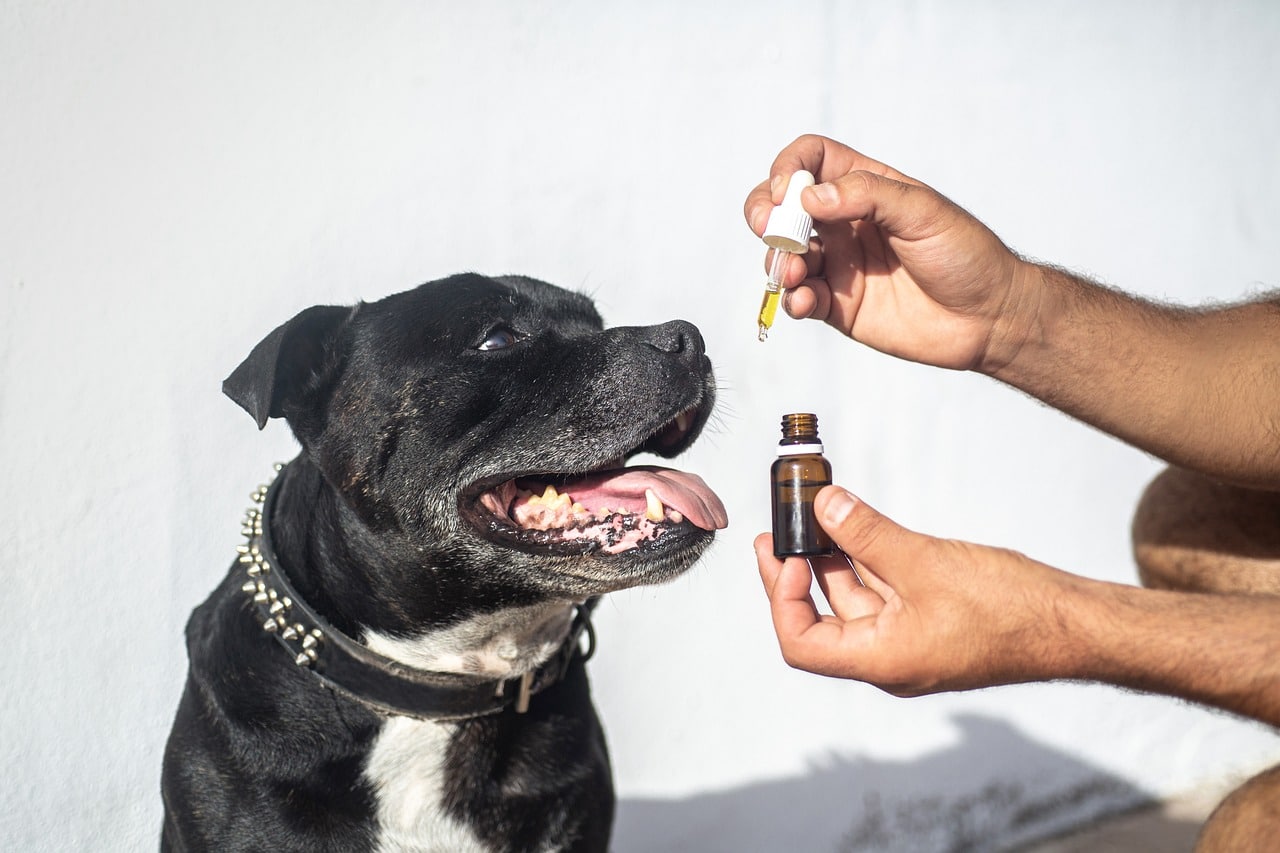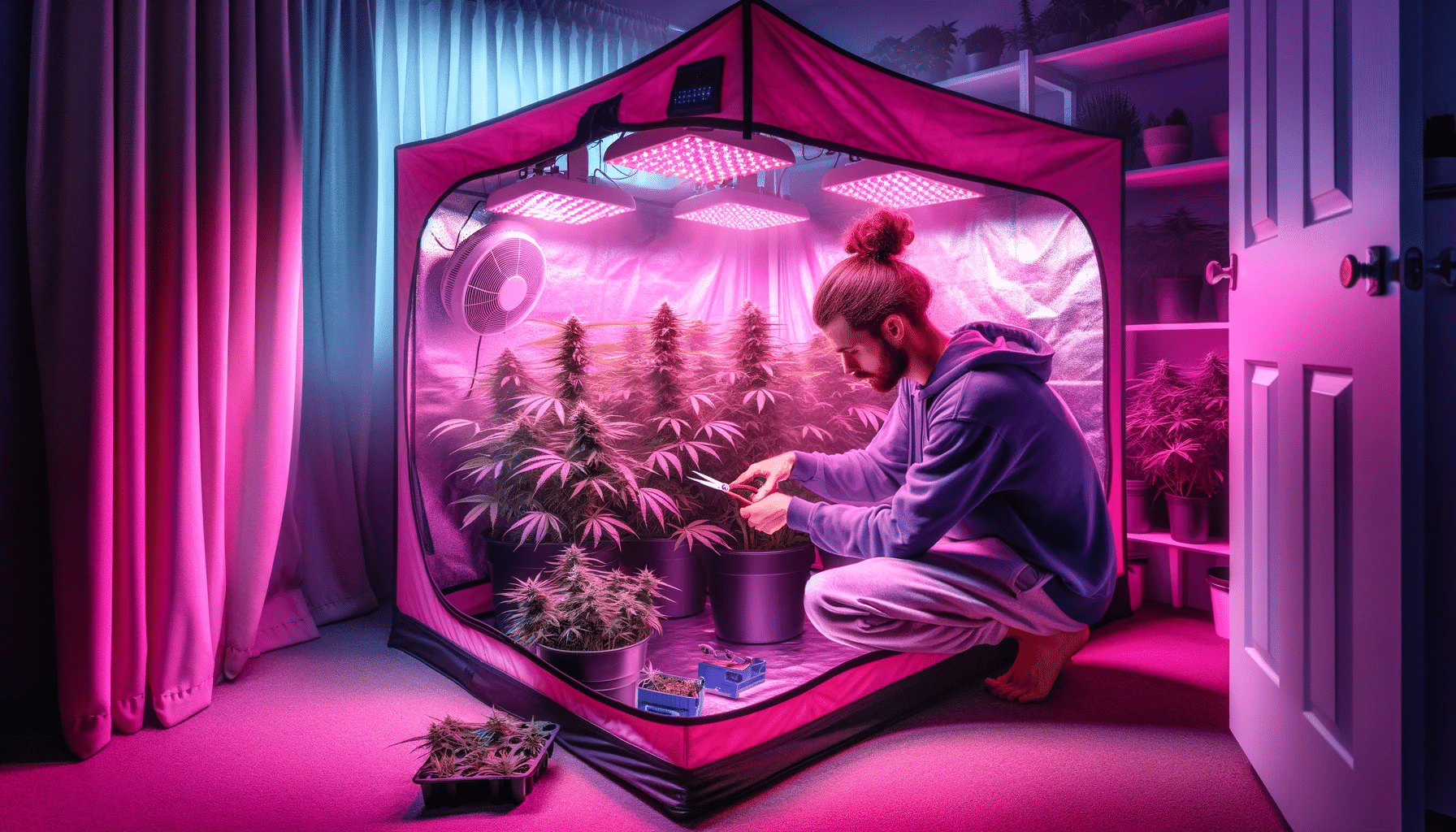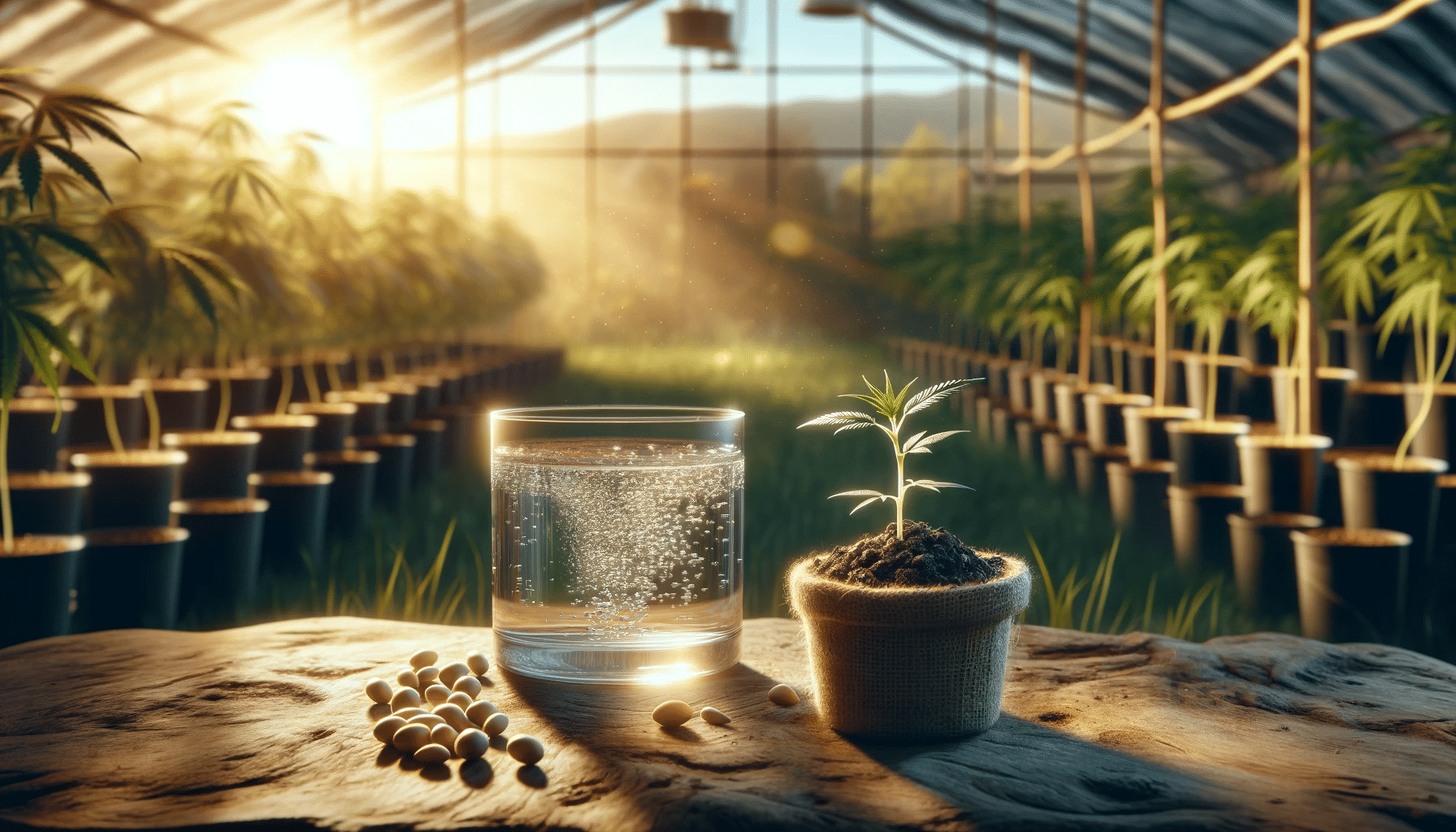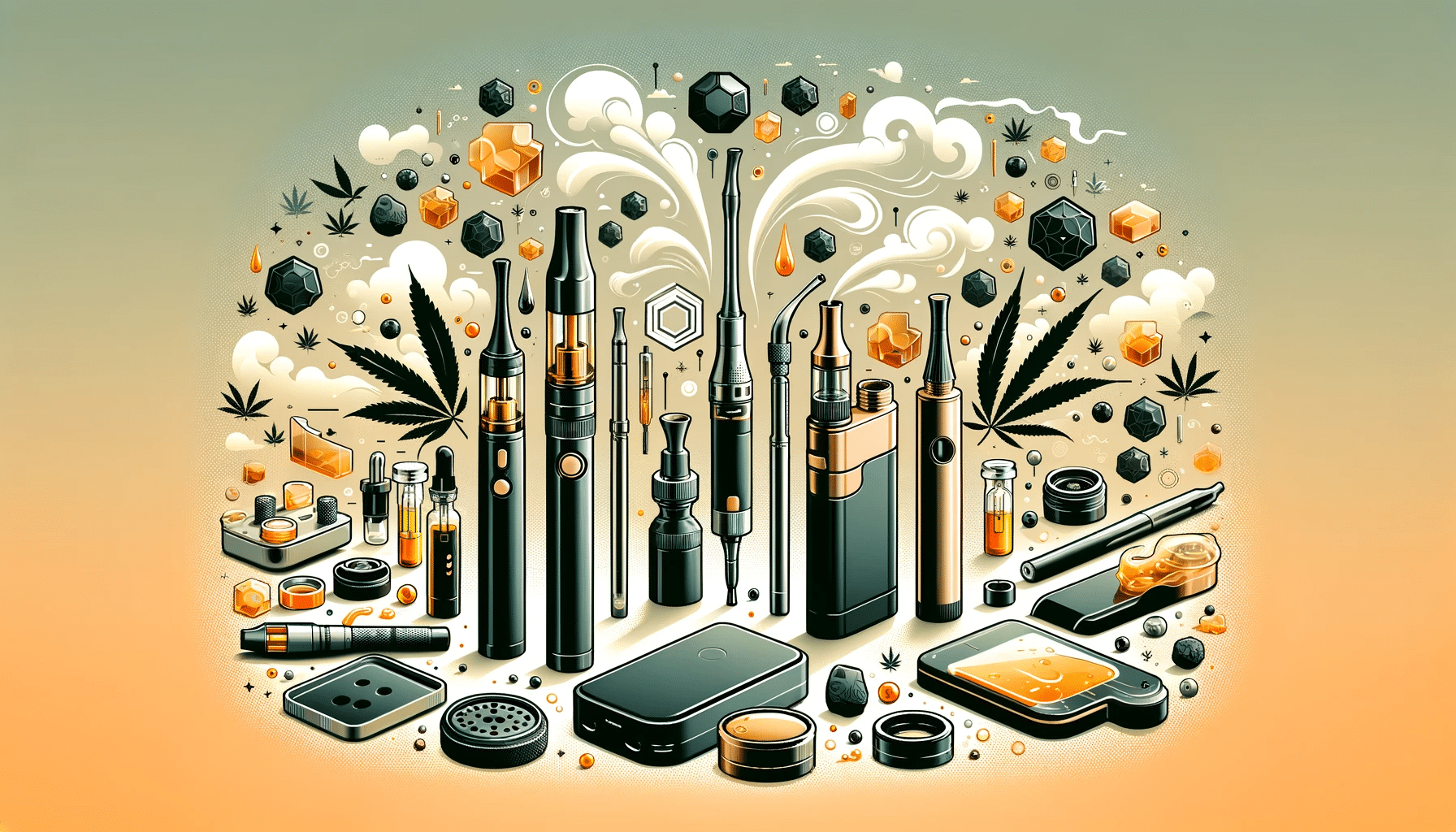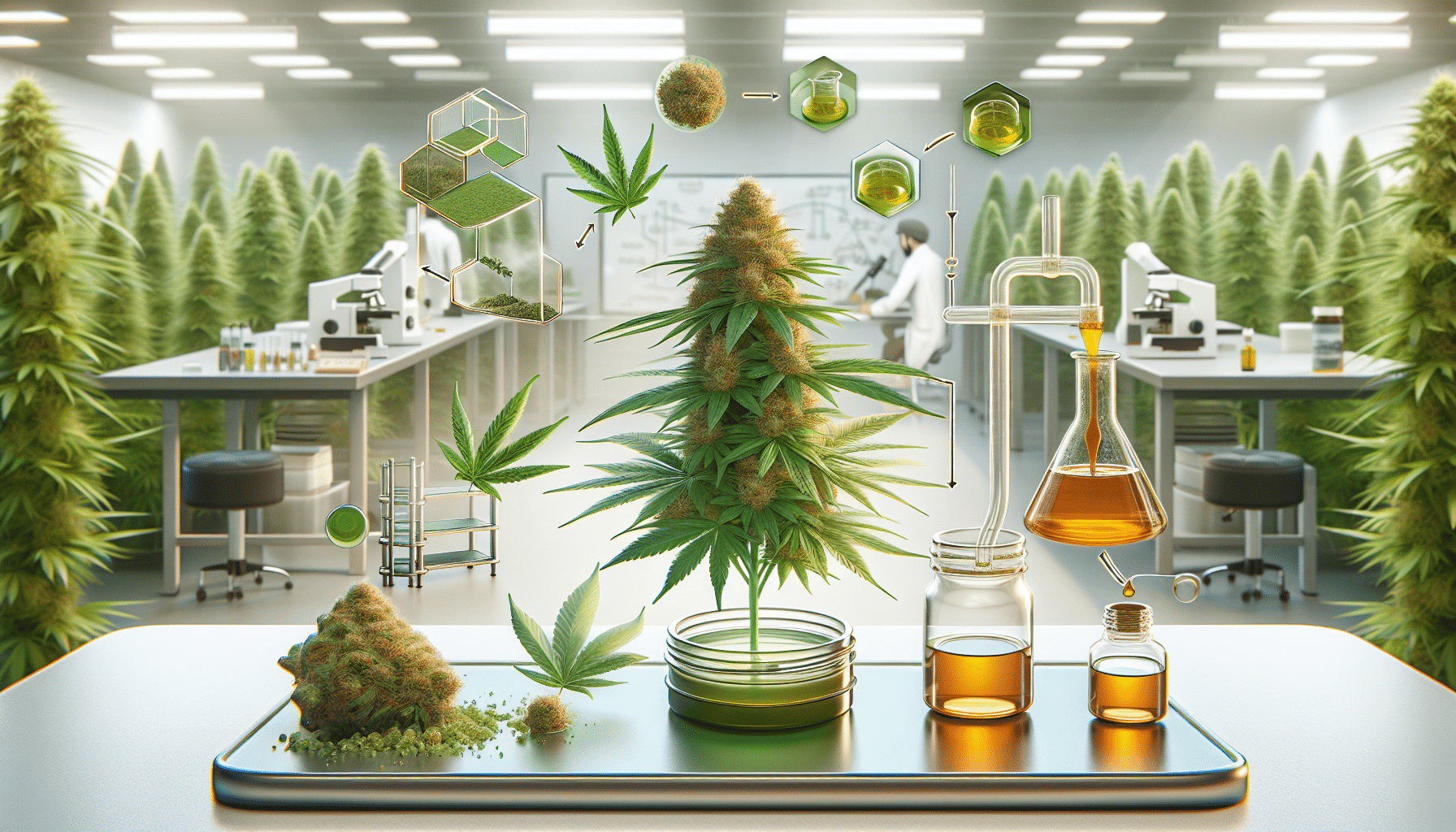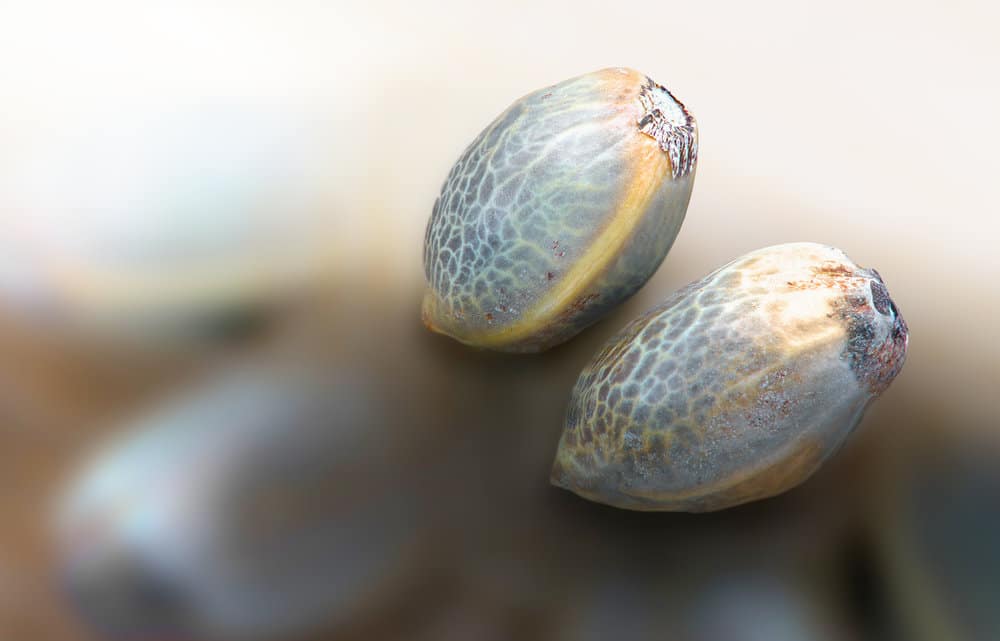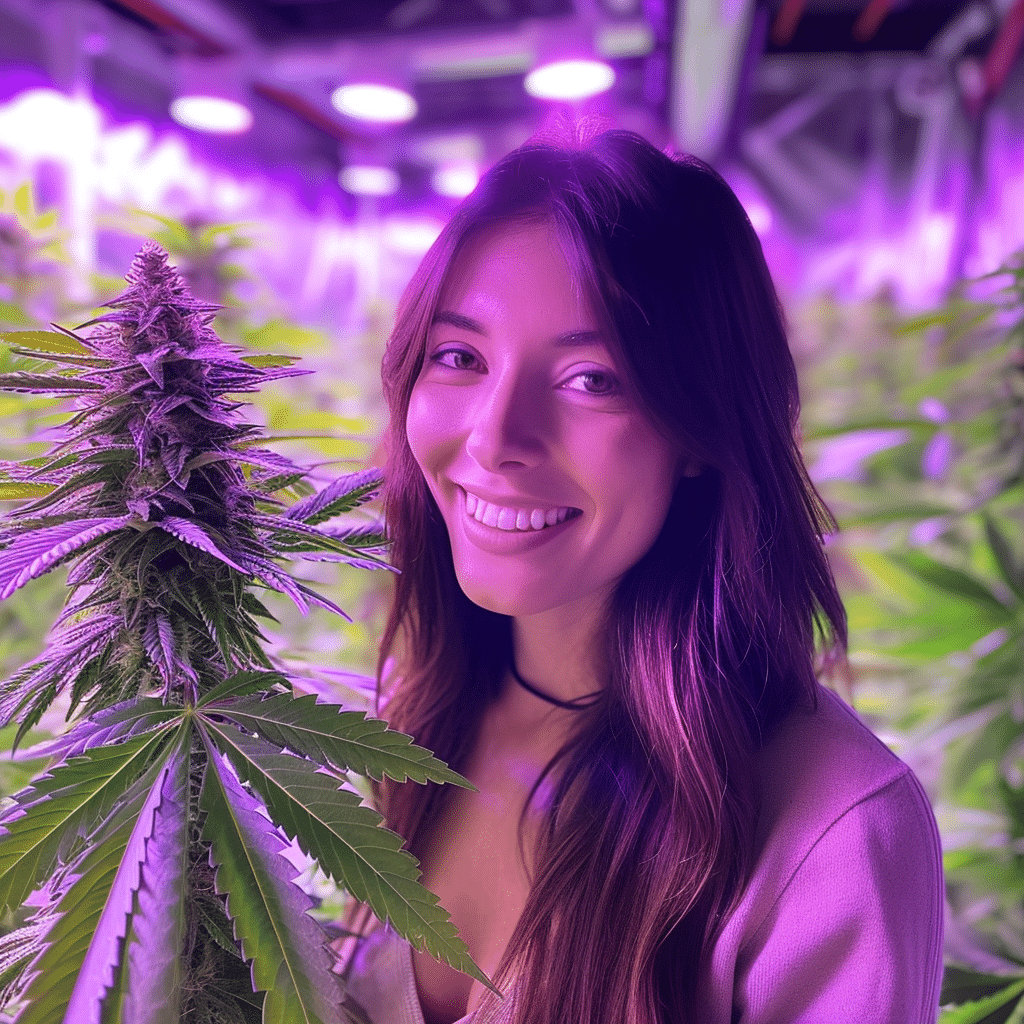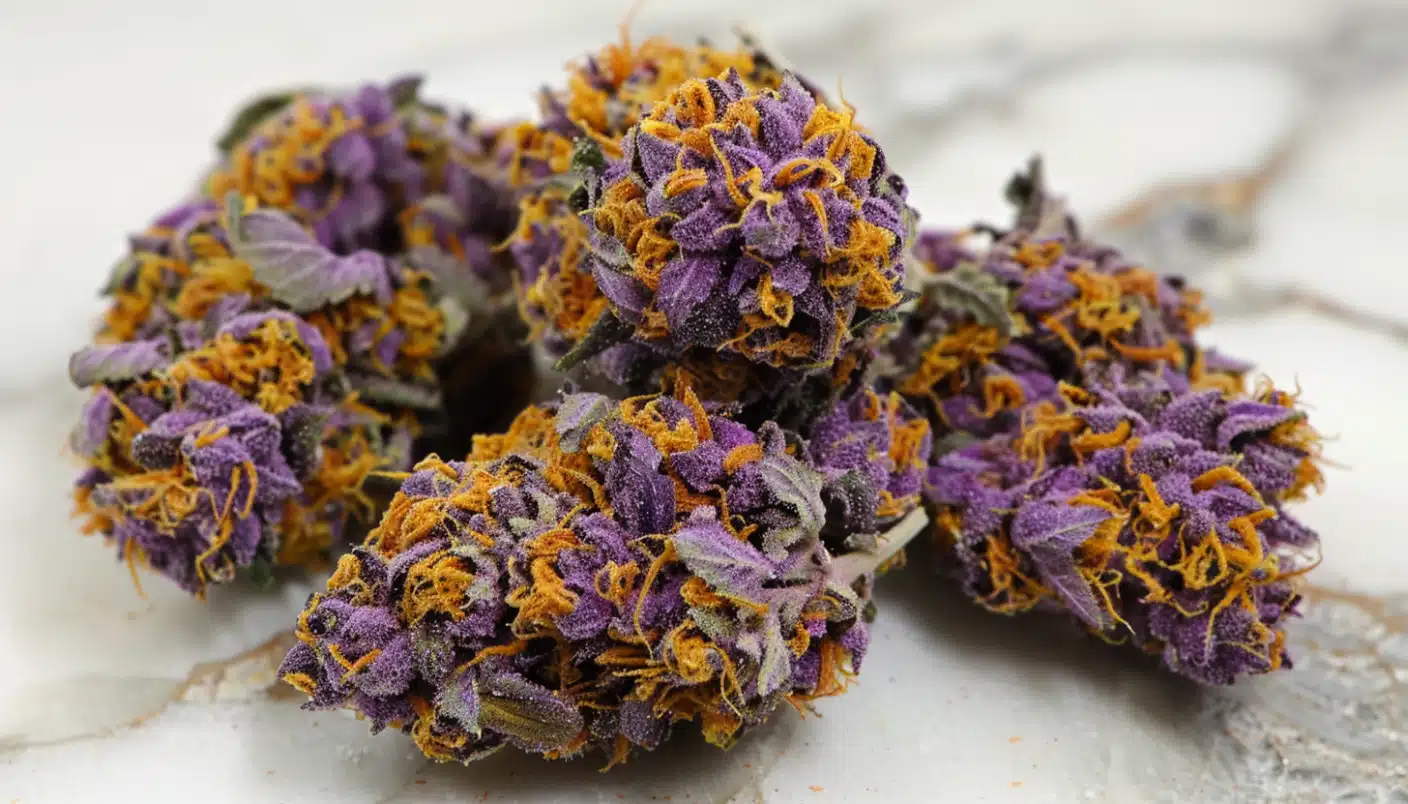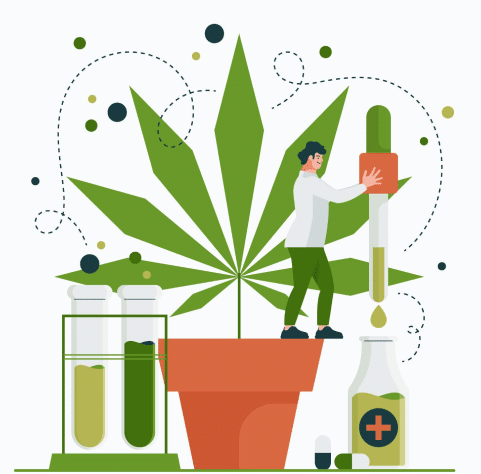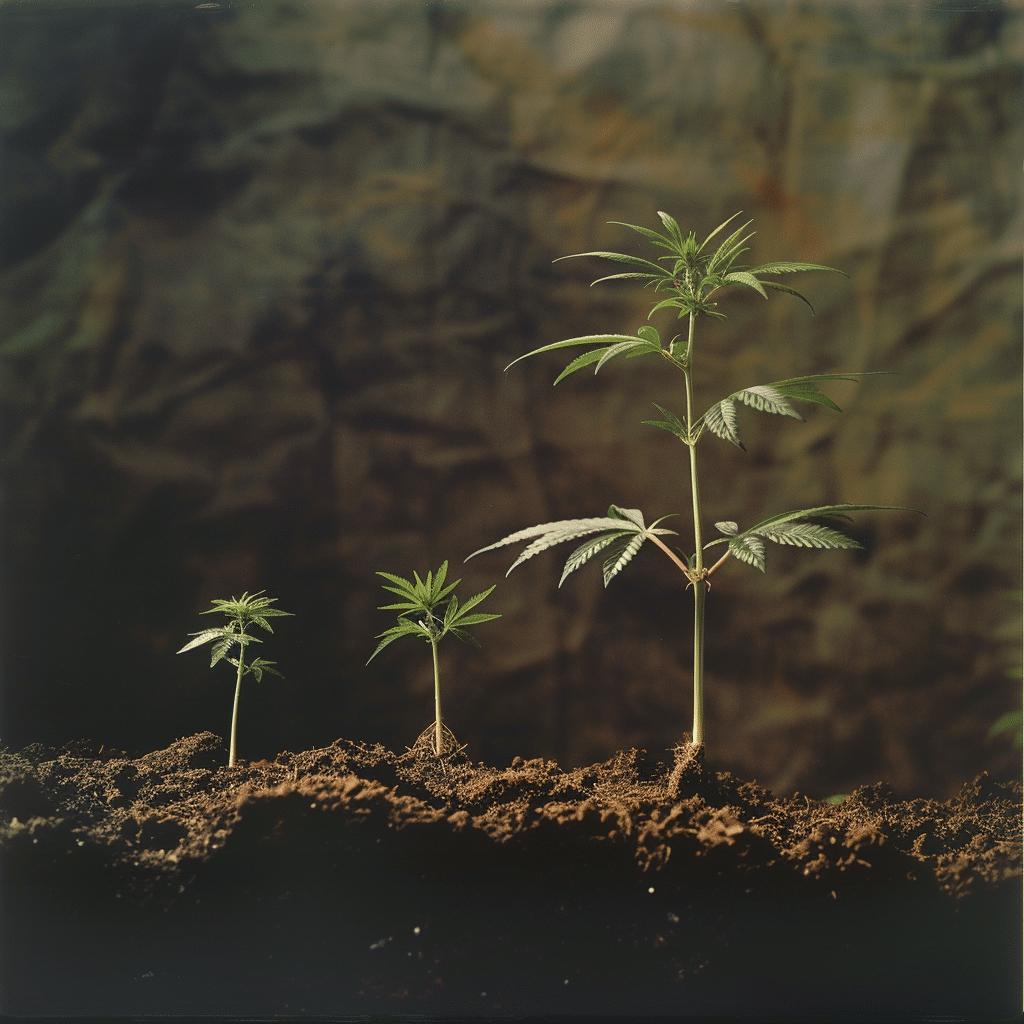
Cannabis cultivation’s evolution from an underground activity to a significant industry reflects societal and legal shifts. This guide on how to grow weed caters to both hobbyists and commercial aspirants, offering insights into the cultivation process, from seed selection and indoor growing to mastering the flowering stage for quality buds. It simplifies the marijuana growing process and journey, covering environment setup, light use, watering, and nutrition essentials for thriving plants. The guide aims to empower growers with the skills to produce high-quality marijuana at home, highlighting the impact of choices like feminized seeds and grow space management. It emphasizes the cultivation craft, from germination to harvest, enhancing skills and appreciation for the process. Understanding the differences between Indica and Sativa strains is also crucial.
Chapter 1: Understanding Cannabis Plant Basics
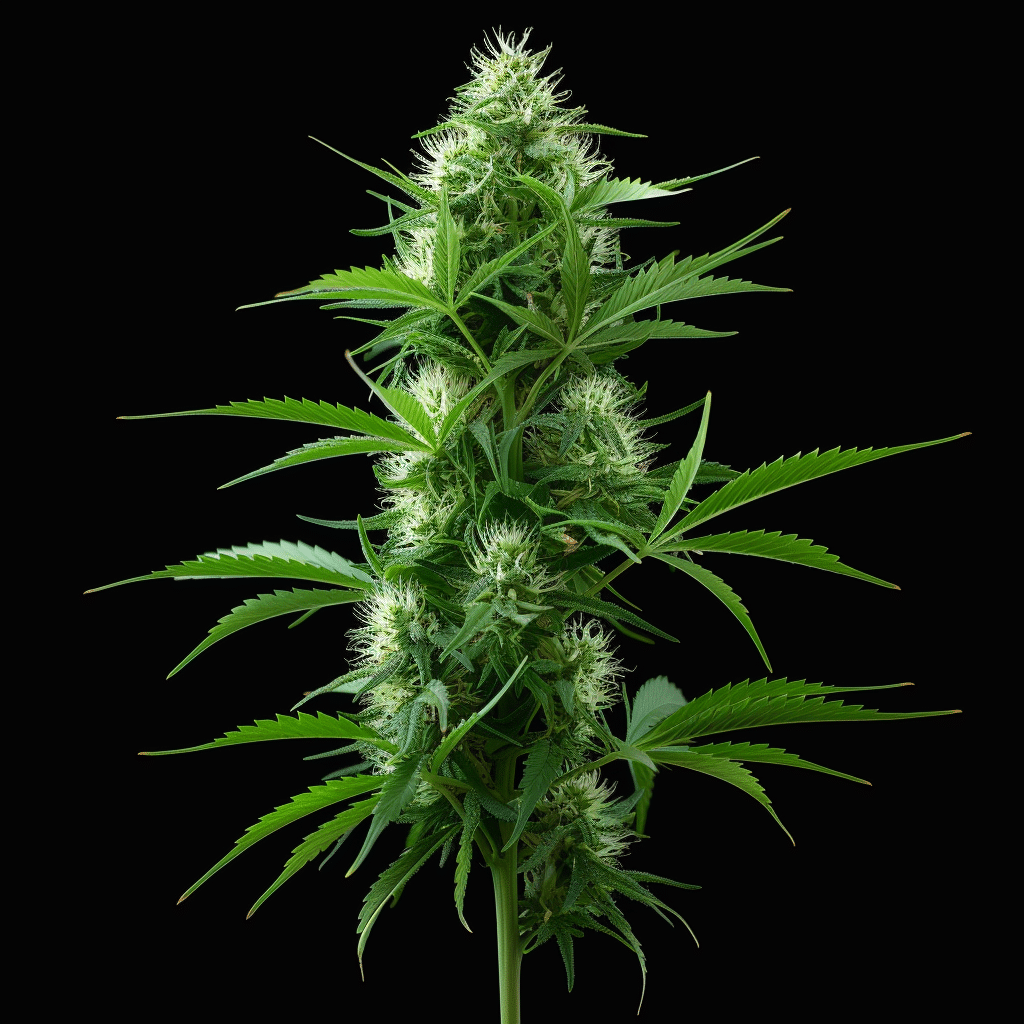
Before knowing how to grow your own weed, it makes sense to understand some of the fundamentals of a cannabis plant. Understanding the different types of cannabis is crucial for choosing the right strain to grow your own weed with, especially for beginners. Each type has unique characteristics, growth patterns, and effects that cater to different preferences and cultivation environments.
Selecting the ideal cannabis variety for cultivation entails considering a myriad of factors, including the plant’s growth behavior, spatial requirements, and the specific effects you’re seeking from its use.
Indica varieties known for their compact growth and swift flowering cycles, are perfectly suited for growers with constrained indoor environments. They also typically induce a profound sense of relaxation, often referred to as a “couch-lock” experience, ideal for unwinding and alleviating stress.
Conversely, Sativa strains, which exhibit taller growth and demand more extended flowering periods, fit better in outdoor growing setups. These strains are renowned for their “sky-high” cerebral highs, boosting creativity and elevating moods, making them a favorite for daytime use.
Hybrids merge the best of both worlds, blending the sedative effects of Indica with the invigorating highs of Sativa, offering growers the flexibility to tailor their cultivation projects to produce specific desired outcomes.
Autoflowering types streamline the cultivation process, particularly appealing for those valuing efficiency and stealth. These diminutive plants automatically transition to flowering regardless of hours of light exposure, catering well to those with limited space to grow crops indoors or desiring a quick harvest cycle.
In essence, the decision of which marijuana strain to grow significantly influences not only the cultivation of marijuana growing journey but also the variety of high it produces, ranging from the tranquilizing embrace of Indicas to the exhilarating uplift of Sativas.
Types of Cannabis: A Closer Look
Indica
Characteristics: Cannabis Indica are typically short, bushy, and have broad leaves. They grow faster than Sativa strains and have a shorter flowering cycle.
Effects: Indica strains are known for their relaxing and sedative effects, often recommended for nighttime use. They can help with anxiety, pain relief, and insomnia.
Growing Conditions: Indicas are well-suited for indoor growing due to their compact size.
Sativa
Characteristics: Cannabis Sativa plants are taller, with narrower leaves, and take longer to mature. They have a longer flowering period compared to Indica strains.
Effects: Sativa strains are associated with uplifting and energizing effects, making them suitable for daytime use. They can enhance creativity, focus, and mood.
Growing Conditions: Due to their height and longer flowering time, Sativa’s are often more suited to outdoor cultivation.
Hybrid Cannabis
Characteristics: Hybrid strains are bred from Indica and Sativa varieties to combine traits from both. Their characteristics can lean towards Indica or Sativa dominance or offer a balanced mix of both.
Effects: The effects of hybrid strains vary widely, offering a spectrum that can be tailored to individual needs, from relaxation to stimulation.
Growing Conditions: The cultivation requirements for hybrids depend on their dominant traits. Growers can select hybrids that fit their growing environment, whether indoor or outdoor.
Autoflowering Cannabis Plants
Characteristics: Autoflowering cannabis strains are notable for their ability to flower based on age, rather than changes in the light cycle. They are usually compact and can flower in as little as 2-4 weeks from germination.
Advantages for Beginners:
Simplified Light Requirements: Autoflowers do not require changes in light cycles to initiate flowering. This simplicity makes them ideal for beginners or those with limited space, as they can grow under almost any light conditions.
Quick Turnaround: With a shorter lifecycle, autoflowers allow growers to harvest more often. This is particularly appealing for beginners eager to see quick results and gain experience.
Resilience: They are generally hardier and more resistant to environmental stress, pests, and diseases. Their ruderalis genetics make them less susceptible to fluctuations in growing conditions, reducing the risk of common mistakes made by novice growers.
Choosing the Right Marijuana Plant:
For beginners, autoflowering cannabis are an excellent choice to get a grasp of growing weed with minimal complexity and a quick path to harvest. They offer a practical learning experience, allowing new growers to understand the basics of plant care, nutrition, and harvesting with a forgiving and resilient plant variety.
By starting with autoflowering strains, beginners can build confidence and experience before moving on to more challenging Indica, Sativa, or hybrid strains that require more nuanced light management and care.
Understanding Male and Female Cannabis Plants
Cannabis is a dioecious plant, meaning it can develop into either a male plants or female plants. This distinction is crucial for growers, especially those aiming for bud production, which comes from the female plant.
Male Cannabis Plants: These produce pollen sacs that are used to fertilize the female flowers, leading to seed production. For growers focused on harvesting cannabis flowers, males are usually removed from the grow area to prevent cross-pollination.
Female Cannabis Plants: Female plants develop the resinous buds that are the main goal of most cannabis grows. They produce flowers when exposed to 12 hours of uninterrupted darkness for about two weeks — a process known as the flowering stage.
The Role of Feminized Seeds
To bypass the uncertainty of seed germination resulting in males, or male plants, many growers opt for feminized cannabis seeds. These cannabis seeds are specially bred to produce only female varieties, significantly increasing the efficiency and yield of cannabis grows.
Benefits of Feminized Seeds:
Higher Yield: Since virtually all plants from female seeds are female, growers can maximize the use of their space and resources on bud-producing plants.
Efficiency: Growers save time and resources by not having to identify and remove males from their grow.
Simplicity: Especially beneficial for beginners, using female seeds simplifies the growing process, allowing cultivators to focus on plant care, nutrition, and optimizing environmental conditions.
Choosing Your Seeds
When planning your cannabis garden, consider the following:
Purpose of Cultivation: If you’re aiming for bud production, female seeds are the most straightforward choice. For breeding purposes or creating your own seed bank, a mix of male and females is necessary.
Space and Resources: Maximizing your grow space with females ensures that all plants contribute to the final yield.
Experience Level: Beginners may find using feminized seeds easier, as it eliminates the need to identify and separate males during the growth phase.
Quality Cannabis Seeds: The Importance of Genetics and Reputable Breeders
Genetics Matter: The success of your cannabis grow starts with the genetics of the seeds you choose. High-quality genetics are the foundation for healthy plants, robust yields, and the desired balance of cannabinoids and terpenes.
Indicators of Quality:
Appearance and Texture: High-quality seeds are generally dark brown with a glossy finish and feel firm to the touch. Seeds that are light in color, appear dry or cracked, or feel soft may not germinate well or not be mature enough to sprout.
Reputable Breeders: Opting for seeds from reputable breeders is crucial. Renowned breeders invest years in developing stable, high-quality strains through meticulous selection and breeding practices which often have super high germination rates.
Famous Californian Breeders: California, known for its pioneering cannabis culture and legalization movements, is home to some of the world’s most famous breeders.
Brands like Humboldt Seeds, The Cali Connection, and DNA Genetics offer a wide range of premium strains, reflecting the state’s rich cannabis heritage. However, it’s important to note that seeds from these top-tier breeders come at a higher price, reflecting the quality and reliability of their genetics.
Choosing the Right Breeder:
Research: Look for breeders with positive reviews, consistent product quality, and a strong reputation in the cannabis community.
Cost vs. Quality: While the price tag on seeds from elite breeders can be high, investing in quality genetics ensures a more reliable and rewarding cultivation experience. Consider it an investment in your how to grow weed thats success.
Strain Selection: Beyond the breeder’s reputation, choose strains that match your cultivation environment, experience level, and desired effects. Autoflowering strains, for example, might be an excellent choice for beginners due to their ease of cultivation and resilience.
Choosing seeds from reputable breeders with a proven track record of quality and stability is an investment in the success of your cannabis gardening journey.
While the initial cost may be higher, the payoff in terms of plant health, yield, and cannabinoid content per weed plant can significantly outweigh the expense, making it a wise choice for serious growers aiming for premium results.
Setting Up Your Grow Space: Indoor Cultivation, Outdoor Cultivation and Grow Tents
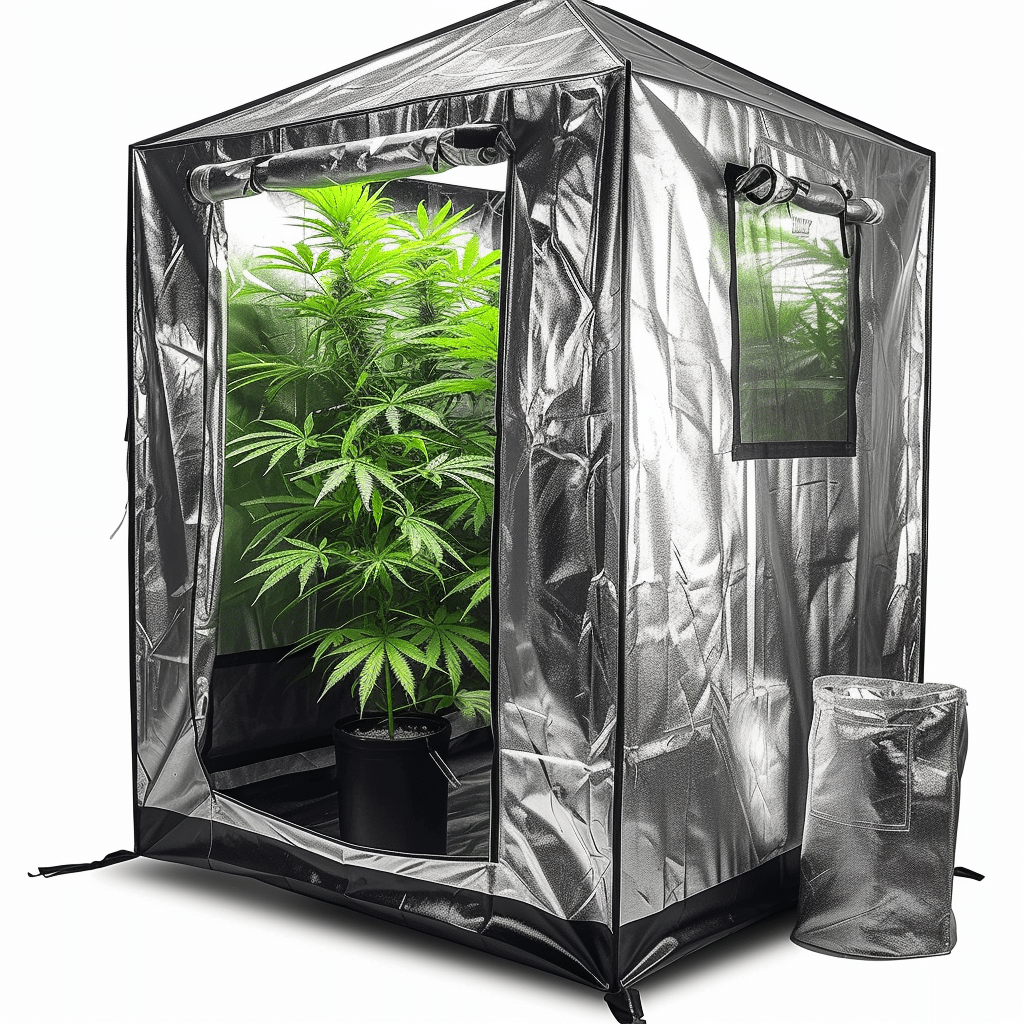
Creating an optimal environment for cultivating cannabis involves careful consideration of lighting, ventilation, and climate control, whether you’re setting up in a renovated basement or using a full indoor grow tent.
Indoor Cultivation:
Lighting:
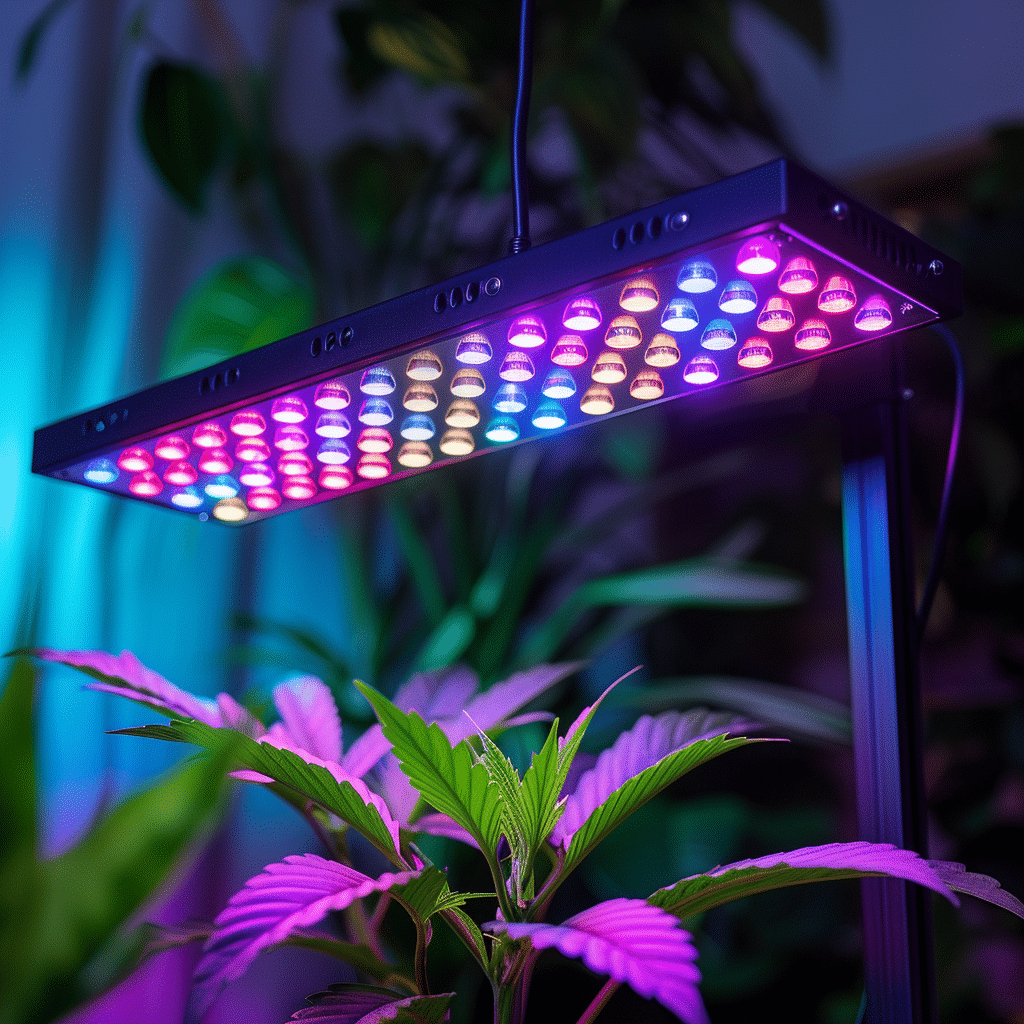
Full-spectrum LED grow lights are highly recommended for their energy efficiency and low heat output, making them ideal for growing cannabis indoors. They mimic natural sunlight, supporting a healthy plant growth anddevelopment from the seedling stage to flowering.
For those who prefer traditional methods, HID lamps like MH (Metal Halide) for vegetative plant growthand HPS (High Pressure Sodium) for flowering stages are effective but require more energy and heat management.
Ventilation: Maintaining good airflow is crucial. An exhaust fan is essential for removing excess heat and humidity, while an oscillating fan can help strengthen plant stems by simulating a gentle breeze.
Temperature and Humidity Control: The ideal temperature range for cannabis is 70-85°F (20-30°C) during the day, dropping slightly at night. Humidity levels should be higher for seedlings (around 60-70%) and lower during flowering (40-50%) to prevent mold and diseases.
Grow Tents: For those seeking a small space or a more contained solution to growing marijuana indoors, grow tents offer an excellent alternative. They encapsulate the ideal features for cannabis grows:
Efficient Use of Space: Grow tents are designed to fit in various indoor spaces, making them perfect for home growers with small space constraints.
Integrated Environment Control: With reflective interiors for better light distribution and ports for ventilation and cables, grow tents simplify the setup process. They make it easier to manage the growing environment, ensuring each plant receive the optimal conditions for growth.
Versatility: Whether you’re into growing marijuana at home, outdoors in a large basement or a small bedroom, grow tents come in sizes to suit different spaces and needs, offering the flexibility to expand or reduce your grow area as required.
Both dedicated indoor spaces and grow tents provide the warm weather controlled environment cannabis needs to flourish. By choosing the setup that best fits their space, budget, and personal preference for growing indoors, growers can achieve successful harvests with the satisfaction of nurturing their plants from seed to flower.
Outdoor Cultivation:
Outdoor growers need to consider environmental factors, the climate, seasonality, and natural predators. Choose to grow outdoors in a spot that receives ample sunlight, has good soil drainage, and is protected from high winds. Outdoor growing tends to produce larger crops and yields more, but they are also subject to the variability of weather and pests.
Indoor vs. Outdoor Cannabis Growing
Deciding between indoor and outdoor cannabis growing hinges on control, cost, and yield preferences.
Indoor Cultivation: Offers precise environmental control, leading to consistent high-quality buds and the ability to harvest multiple times a year. However, setting up an indoor grow requires an initial investment to spend money on lights, ventilation, and climate systems.
Outdoor Cultivation: Utilizes natural resources like sunlight, reducing the need for equipment and upfront costs. While it can result in larger crops and potentially bigger yields, growers face challenges with weather, pests, and a limited growing season.
The choice between indoor growing and outdoor growing depends on your cultivation goals and willingness to invest in your setup. Each method presents unique advantages and considerations.
Germinating Your Seeds
Germination Methods: Several methods can effectively germinate cannabis seeds, each with its advantages. The goal is to awaken the tap root of the seed in a moist, warm environment to encourage the taproot to emerge and start the seedling stage.
Paper Towel Method:
Materials Needed: Paper towels, two plates, and seeds.
Steps:
Wet two paper towels and wring out excess water.
Place one towel on a plate, lay your seeds on it, and cover them with the second towel.
Cover with the second plate to create a dark, moist environment.
Keep the setup in a warm area (70-90°F or 21-32°C) and check daily for sprouts, ensuring the towels remain moist.
Once the taproots emerge (usually within 2-7 days), gently plant the seeds in your chosen medium.
Direct Soil Germination:
Advantages: Mimics the natural growing conditions, potentially reducing transplant shock.
Steps:
Plant seeds about a quarter-inch to half-inch (0.6-1.3 cm) deep in moist, pre-prepared soil.
Keep the soil moist but not waterlogged and maintain a warm environment.
Wait for the seedlings to emerge, typically within a week.
Starter Cubes and Plugs:
Suitable For: Hydroponic setups or soil growers seeking a straightforward method.
Steps:
Insert seeds into the pre-made holes of the cubes or plugs.
Keep the starter medium moist and warm.
Once the seedlings have established a small network of roots, transplant them into their final grow medium.
Planting Your Marijuana Plants: Choosing the Right Grow Medium and System
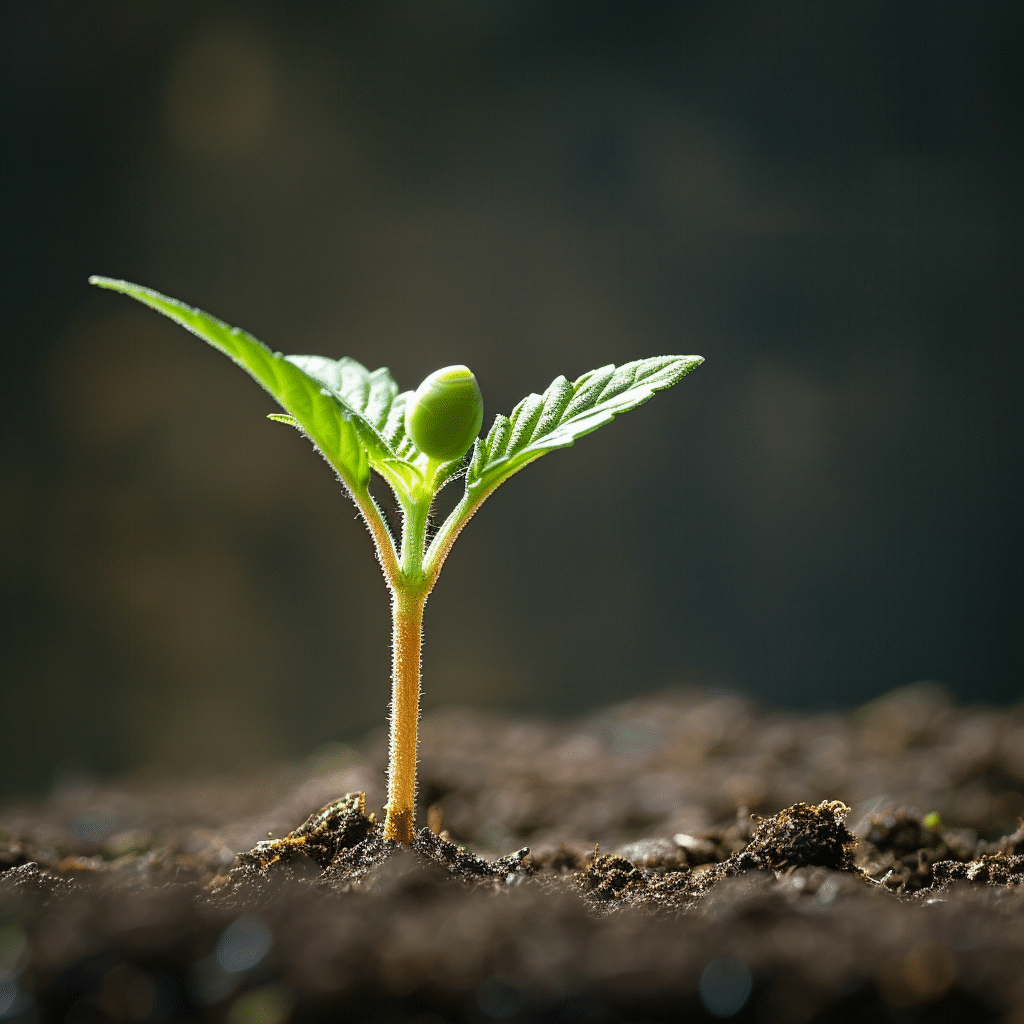
After successfully germinating your cannabis seeds, the next crucial step is to select an appropriate growing medium and or system. This choice plays a significant role in the development and health of your plants, influencing nutrient availability, water retention, and aeration.
Soil: The Ideal Starting Point for Beginners
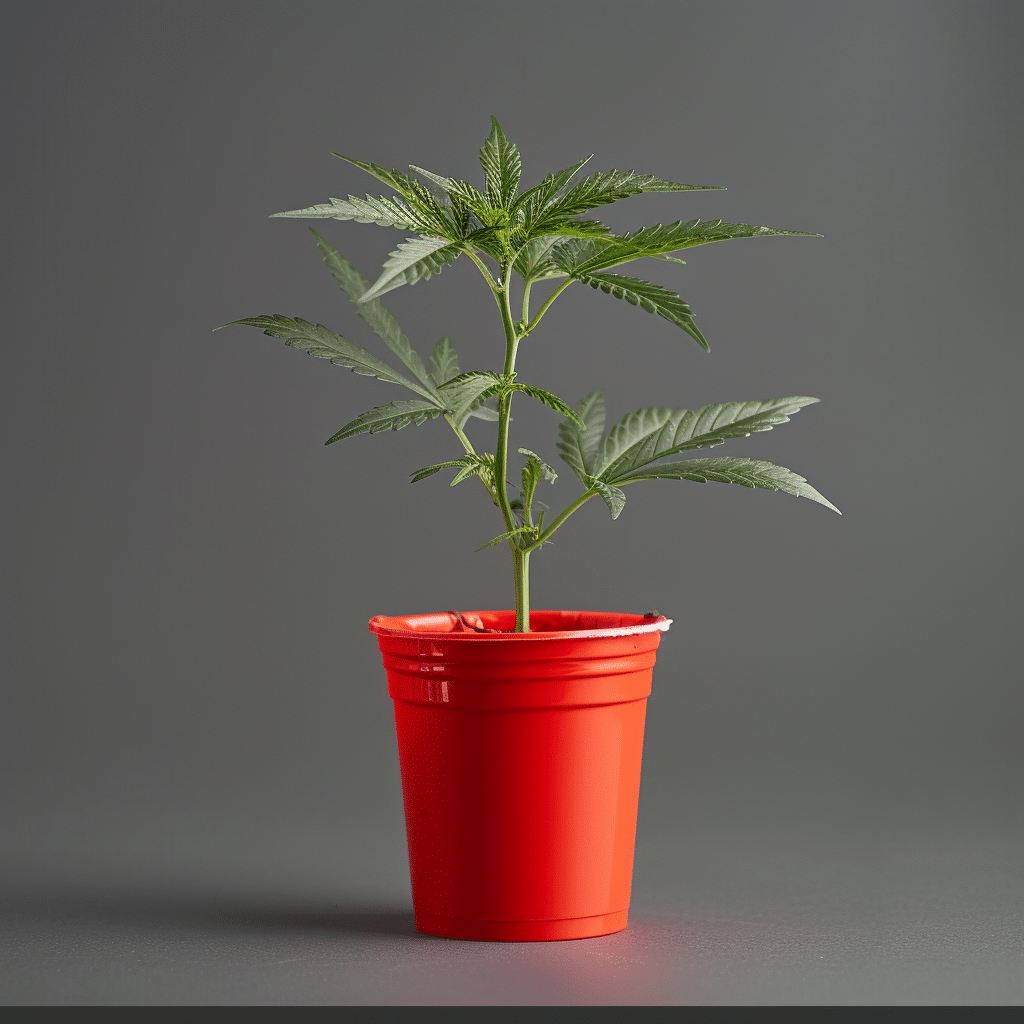
Characteristics: Soil is the most traditional and natural medium for growing cannabis. It acts as a natural buffer for nutrients, making it more forgiving of minor errors in nutrient application. This characteristic is particularly beneficial for beginners.
Premium Mixes: For novices, high quality potting soil that include perlite for improved drainage and aeration are recommended. These mixes often come enriched with compost or organic matter, providing a well-balanced nutrient base for young cannabis plants.
Benefits: Besides being user-friendly, soil-grown cannabis tends to develop a more complex terpene profile, potentially leading to superior flavors and aromas in the final product.
Hydroponics: For the More Adventurous or Experienced Grower
Description: Hydroponics involves growing plants in a soilless setup, where roots are suspended in a nutrient-rich water solution. This system allows for direct nutrient uptake, faster growth, and higher yields.
Considerations: It requires careful monitoring of the nutrient solution’s pH and electrical conductivity (EC) to ensure plants receive the optimal balance of nutrients. The initial setup cost and learning curve are higher than soil, but the payoff in growth rate and yield can be significant.
Coco Coir: A Versatile and Forgiving Medium
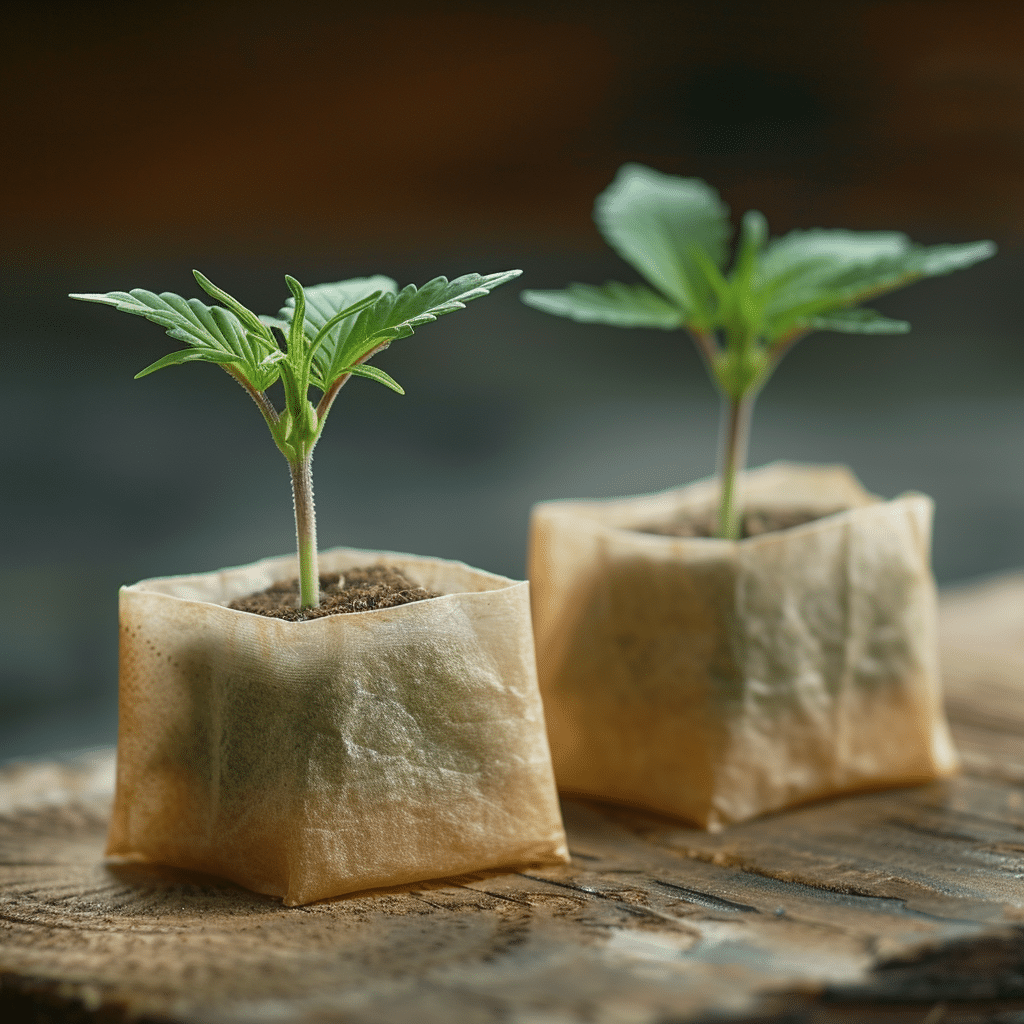
Characteristics: Coco coir, made from the fibrous husks of coconut shells, offers a sustainable and efficient alternative to soil. It provides excellent aeration and moisture retention, promoting robust root development.
Flexibility: Coco can be used in both hydroponic and hand-watered setups, making it a versatile option for growers of all levels. It requires more frequent nutrient application than soil but is more forgiving than full hydroponic systems.
Aeroponics: The High-Tech Choice
Description: Aeroponics is an advanced soilless cultivation method where roots are suspended in air and misted with nutrient solution. This method maximizes oxygen exposure to roots, encouraging rapid growth and high yields.
For the Expert: Due to its complexity and the need for precise control over the nutrient misting system, aeroponics is best suited for experienced growers or those with a strong interest in technology and plant science.
Deep Water Culture (DWC) Overview
Description:
DWC is a hydroponic cultivation method where cannabis’ roots are submerged in a nutrient-enriched water solution, directly accessing oxygen and nutrients for enhanced growth.
Key Considerations:
Efficiency & Growth: Offers rapid plant development and conserves water.
Management: Requires careful monitoring of oxygen levels, pH, and water temperature to prevent issues like root rot.
DWC combines simplicity with efficiency, making it a preferred choice for those looking to explore advanced hydroponic techniques.
Making Your Choice
For Beginners: Starting with a high-quality soil mix enriched with perlite and organic matter is advisable, offering ease of use and a more forgiving growth environment.
For Experienced Growers: Exploring hydroponics, coco coir, or aeroponics can provide challenges and rewards, pushing the limits of your cultivation practices for potentially greater yields and quality.
Your choice of growing medium and system should align with your experience level, interest in hands-on management, and goals for your cannabis cultivation journey.
Each medium offers unique benefits and challenges, allowing you to tailor your approach to fit your needs and preferences as you gain experience.
After planting your cannabis seedlings, the next critical consideration in your cultivation journey is lighting. Proper lighting is essential for the healthy growth and development of your garden, and choosing the right type and intensity of light can make a significant difference in your plants’ overall health and yield.
Transitioning from Fluorescent to LED Lighting:
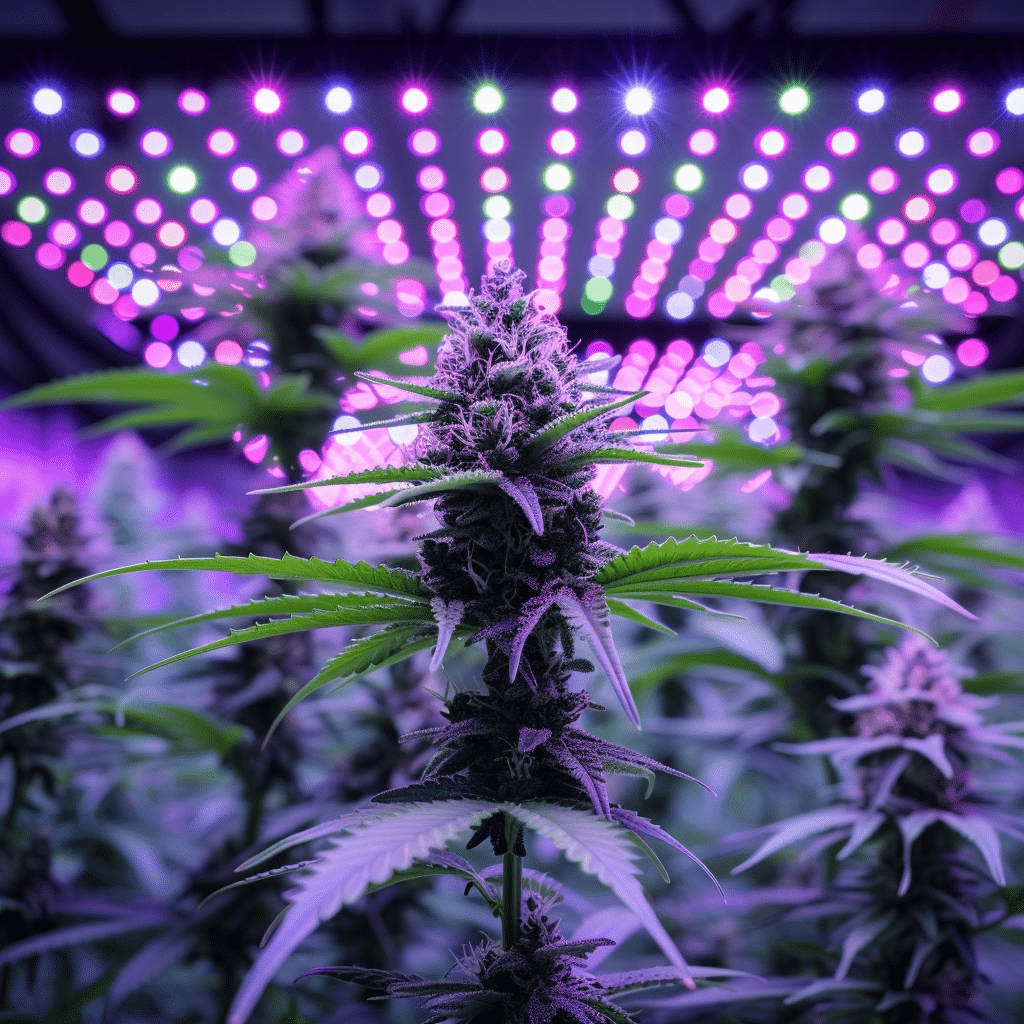
Starting with Fluorescent Lights: Initially, placing your seedlings under fluorescent lighting, such as CFL (Compact Fluorescent Lights) or T5 fluorescent tubes, is a common practice. These lights offer a gentler light intensity, which is ideal for young plants just starting to grow. Fluorescent lights provide the right amount of light without overwhelming your delicate seedlings, reducing the risk of stress or burn.
Switching to High-Powered LED Lights: As your plants mature, transitioning to more powerful LED (Light Emitting Diode) lights can significantly benefit their growth. Modern LED lights come equipped with sophisticated diodes that emit a full spectrum of light, mimicking natural sunlight. This spectrum supports robust vegetative growth and stimulates flowering, leading to higher yields. LEDs are also more energy-efficient and produce less heat, making them an excellent choice for the long-term health of your plants.
Optional Gradual Transition: Although it’s possible to start seedlings directly under more powerful LED lights, using a dimmer or beginning with a lower intensity can help mimic a more natural, gradual transition. This approach allows seedlings to adjust to the increased light intensity without experiencing stress, promoting stronger, healthier growth.
Considerations for Optimal Lighting:
Adjustable Intensity: If your LED lighting system has adjustable intensity or a dimmer switch, use it to gradually increase light exposure as your plants grow. This helps acclimate your plants to stronger light, optimizing photosynthesis and growth at every stage.
Light Distance: Pay attention to the distance between your plants and the light source. Adjust the height of your LED lights to prevent light burn and ensure even light distribution across your canopy.
By thoughtfully managing the lighting in your grow space, from the gentle beginnings under fluorescent lights to the full-spectrum brilliance of LEDs, you can create an optimal environment that supports the vigorous growth of your cannabis plants from the seedling stage to harvest.
Nutrition and Watering: Essentials for Healthy Cannabis Plants
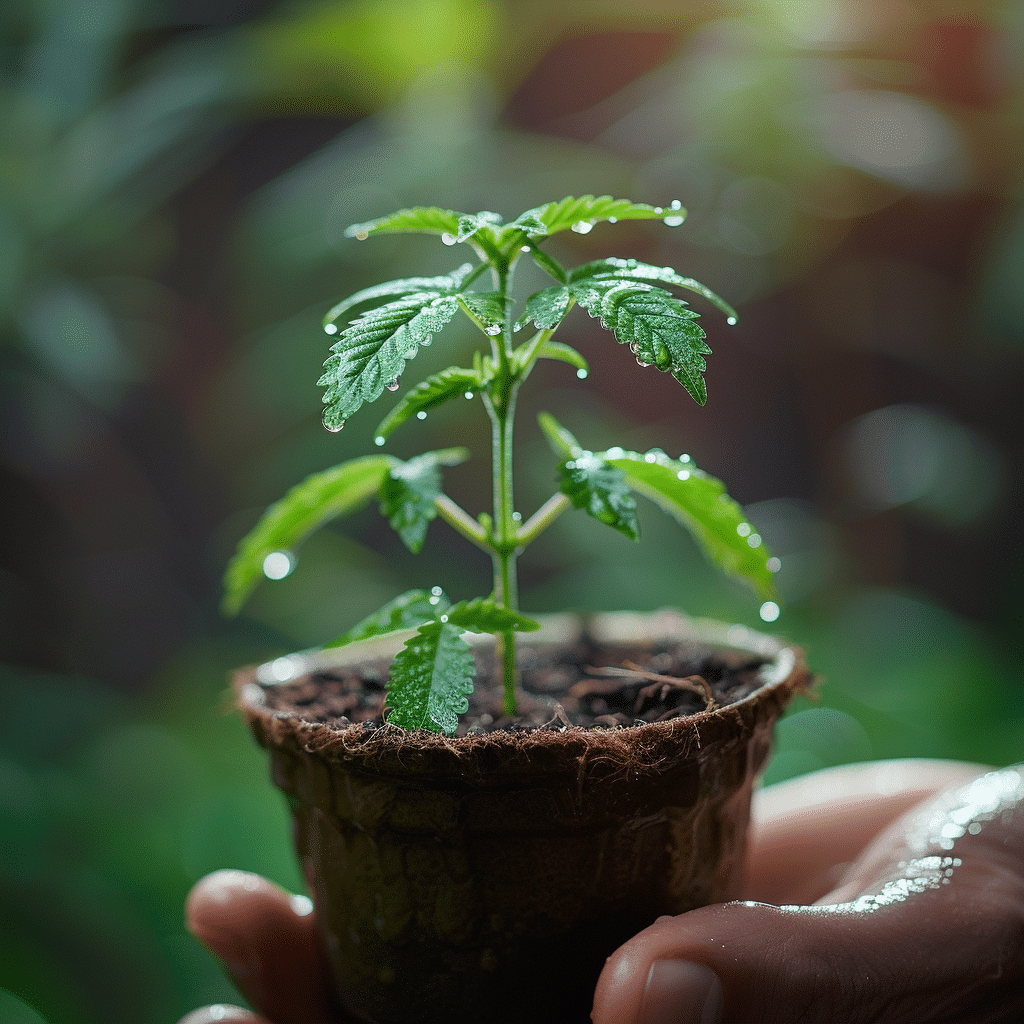
Cannabis plants require a balanced diet of nutrients divided into two main categories: macronutrients (Nitrogen, Phosphorus, Potassium, often referred to as N-P-K) and micronutrients (such as Calcium, Magnesium, Iron, and others).
Understanding Plant Nutrition
Understanding plant nutrition is fundamental to successfully growing a marijuana plant, as it directly influences a cannabis plant’ health, growth, and potency. Essential nutrients, divided into macronutrients and micronutrients, play distinct roles in the development of a cannabis plant.
Macronutrients:
Nitrogen (N): Essential for vegetative growth, contributing to leaf and stem development.
Phosphorus (P): Supports root growth and flowering.
Potassium (K): Important for overall plant health, aiding in photosynthesis, nutrient uptake, and resistance to pests and diseases.
Micronutrients: Needed in smaller quantities but still essential for the plant’s development and stress resistance.
For beginners, using a pre-formulated cannabis nutrient mix can simplify nutrition management for growing marijuana alone, providing plants with a balanced diet throughout their growth stages.
Watering Schedules and Techniques
Watering your cannabis plants properly is just as crucial to healthy marijuana plants as feeding them. Over-watering and under-watering can both lead to health issues and stress for plants.
Finding the Right Balance: The goal is to keep the cultivation substrate moist but not waterlogged. Make sure that your plants dry out between waterings to encourage healthy root growth.
Techniques: Water slowly and evenly around the base of the plant until you see excess water drain from the bottom. This method ensures that the roots are fully saturated without becoming waterlogged.
Identifying and Correcting Nutrient Deficiencies
Nutrient deficiencies manifest in various ways, such as yellowing leaves (Nitrogen deficiency), dark spots, or curling leaves (Potassium deficiency). Here’s how to address them:
Monitoring Plant Health: Regularly inspect your plants for signs of nutrient deficiencies or excesses. Early detection is key to correcting issues before they affect plant health significantly.
Adjusting Nutrient Levels: If you identify a deficiency, adjust your feeding regimen accordingly. For instance, if you notice a Nitrogen deficiency during the vegetative stage, increase the Nitrogen level in your nutrient mix.
pH Level Management: Ensuring the growing medium’s pH is within the optimal range (usually between 6.0 and 7.0 for soil, 5.5 to 6.5 for hydroponics) is crucial for nutrient uptake. Incorrect pH levels can lock out nutrients, leading to deficiencies even in well-fertilized grow mediums.
Tips for Beginners:
Start with Less: It’s easier to correct a deficiency than to resolve issues caused by over-fertilization. Begin with a lighter nutrient solution and adjust based on plant response.
Regular Checks: Monitor your plants and the growth medium regularly. Adjust your watering and feeding based on plant stages and environmental conditions.
By understanding the basics of nutrition and watering, beginner marijuana growers can significantly improve the health and yield of their cannabis plants. Proper care and attention to these details ensure your marijuana plant has a rewarding cultivation experience from seedling to harvest.
Transitioning from Vegetative to Flowering Stage: Essential Tips for Small Spaces
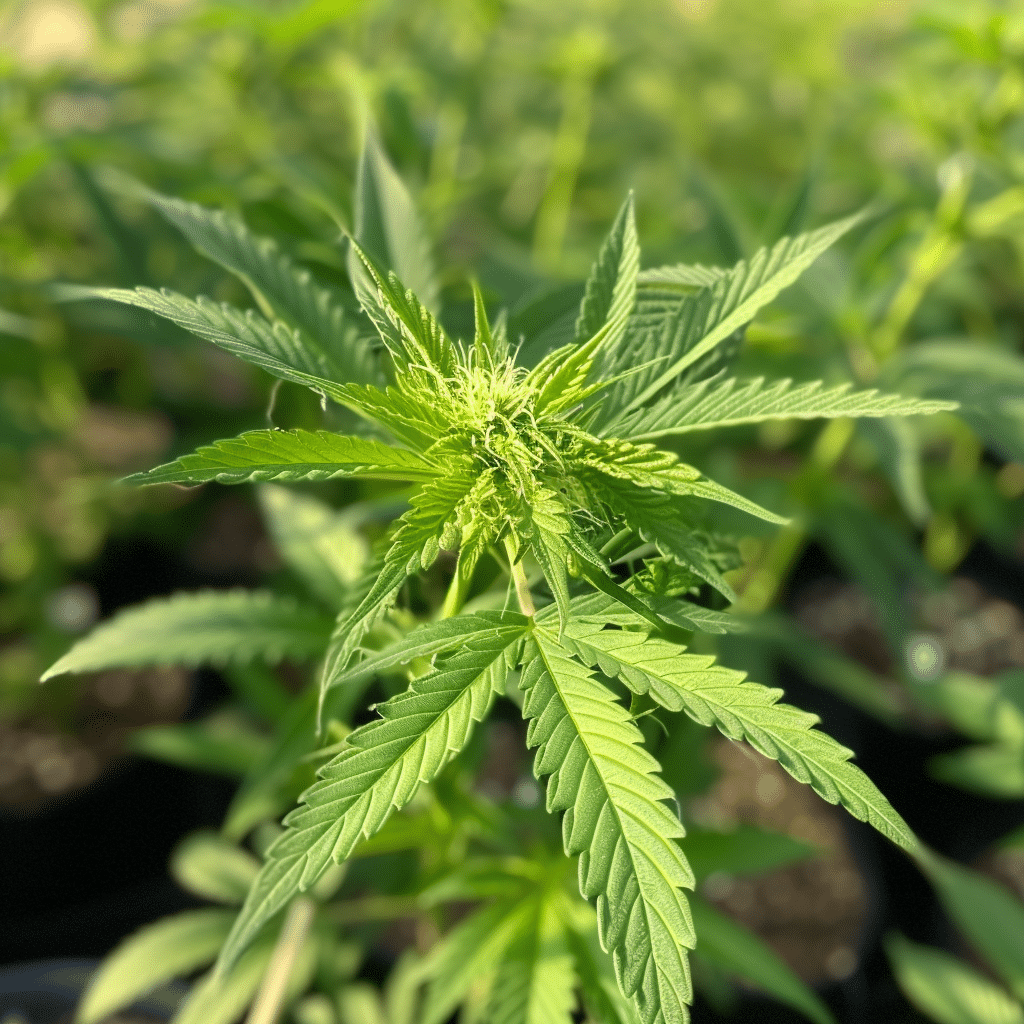
Transitioning weed plants from the vegetative phase to the flowering phase is an exhilarating shift, marking a pivotal milestone in your journey to grow marijuana. This transition is not just a step towards harvesting; it’s where the magic truly begins as your plants start to produce buds that will eventually become your harvest. For those cultivating in snug spaces, like a micro grow tent or a compact closet setup, this phase requires keen attention to timing and light management.
The strategic alteration to a 12/12 light cycle propels your cannabis plants into pre-flowering stage, signaling them to start bud production.
By integrating these insights and focusing on the flowering stage’s nuances, you can anticipate and enjoy the transformation your weed plants undergo. It’s a period filled with anticipation and excitement, as weed plants aseach day brings them closer to producing the potent, aromatic buds we all cherish.
For new growers, the marijuana growing process, ofwitnessing this change underscores the rewarding journey of growing marijuana, underscoring the profound connection between careful cultivation practices and the bountiful green rewards they yield.
Strategic Timing:
Initiate the flowering stage when your plants are about one-third of the desired final height. This anticipates the stretch during early the flowering phase, helping to manage space effectively in your plant grow area.
Light Cycle Management:
Tip: Use a timer for your lights to ensure the 12/12 cycle is consistent daily. This consistency is crucial for preventing stress that can lead to hermaphroditism or disrupted flowering.
Training Plants for Space Efficiency:
LST (Low-Stress Training): Gently bend and secure branches to spread the plant out. This increases light penetration and can significantly improve yields without adding height.
Topping: Do this early in the vegetative stage. Removing the top of the plant encourages it to grow more horizontally, fitting better in limited vertical spaces.
Optimize Nutrient Mix: As you transition to flowering, adjust your nutrient regimen to lower nitrogen and increase phosphorus and potassium, supporting robust bud development and flower clusters. High quality soils will come preloaded with the correct nutrient mix.
Tip: Consider using bloom boosters to enhance flower growth and potency. These supplements are rich in phosphorus and potassium, essential for flowering.
Monitor Environmental Conditions:
Keep the grow area’s temperature and humidity within optimal ranges to support flowering. High humidity, especially in dense canopies, can lead to mold issues.
Tip: Increase airflow around the plants using fans to help manage humidity and strengthen plant stems, reducing the risk of mold and mildew.
Regular Observation: Watch your plants closely for signs of stress or nutrient deficiencies. The earlier you catch these issues, the easier they are to correct.
Tip: Keep a grow journal to track changes and responses to adjustments in your grow. This can be invaluable for troubleshooting and planning future grows.
Space Management:
Be creative with your space. Use techniques like SCROG (Screen of Green) to maximize your grow area’s efficiency.
Tip: Install reflective materials on the walls of your grow area to ensure light reaches all parts of the plant, promoting even growth and preventing stretch towards the light source.
By implementing these strategies and tips, new growers can effectively manage the transition from the vegetative phase to the flowering stages, even in constrained spaces, leading to a successful harvest.
Optimizing Environmental Conditions: Temperature, Humidity, and Monitoring
Ideal Temperature and Humidity Ranges:
Veg Stage:
Temperature: Aim for 70-85°F (21-29°C) during the day. Nighttime temperatures can be slightly cooler, but avoid significant drops as this can stress the plant.
Humidity: Maintain a relative humidity (RH) level of 40-70%. Higher humidity supports leafy growth and can be beneficial during this stage.
Flowering Stage:
Temperature: Keep daytime temperatures between 68-80°F (20-26°C). Cooler temperatures at night can help enhance bud color and quality.
Humidity: Lower the RH to 40-50% to reduce the risk of mold and mildew as buds develop. Dense flower clusters are particularly susceptible to moisture-related issues.
Monitoring and Adjusting Environmental Conditions:
Hygrometer: Investing in a reliable hygrometer is essential for accurate monitoring of humidity and temperature within your grow room. Digital hygrometers often come with additional features like high/low memory, which records the highest and lowest readings, helping you track fluctuations over time.
Tips for Environmental Control:
Ventilation: Use an exhaust fan to remove excess heat and stale air, and oscillating fans to circulate air, and an intake fan to bring in fresh air and ensure even temperature and humidity distribution.
Dehumidifiers and Humidifiers: Depending on your grow area’s natural humidity, you may need to use a dehumidifier or humidifier to maintain optimal RH levels.
AC Units or Heaters: In extreme climates, supplemental heating or cooling may be necessary to keep temperatures within the ideal range.
Regular Checks: Make it a habit to check your hygrometer readings several times a day, especially during lights on and off periods, as these are times when humidity and temperature can fluctuate the most.
By closely monitoring and adjusting the temperature and humidity in your grow area, you can create an environment that supports excellent, healthy plant growth, through all stages of development. Remember, consistency is key to growing weed, avoiding stress and ensuring healthy plants and a successful harvest.
Harvesting: Timing, Techniques, and Post-Harvest Processes
Determining the Optimal Harvest Time
The right time to harvest your cannabis is crucial for maximizing potency and flavor. Observing the trichomes (the tiny, crystal-like structures on the buds) is the most accurate method:
Use a Magnifying Tool: A jeweler’s loupe or a handheld microscope allows you to closely examine the trichomes. Clear trichomes indicate the plant is not yet fully mature. Milky white trichomes suggest peak THC levels, while amber trichomes indicate a higher CBD content and a more sedative effect.
Pistil Method: Another less accurate method is to observe the color of the pistils (hair-like structures). When about 70-90% of the pistils have darkened and curled in, it’s generally a sign that the plant is ready for harvest.
Harvesting Techniques
Cleanliness is Key: Ensure your tools (scissors, shears) are clean and sharp. This prevents any contamination and ensures a smooth cut.
Methodical Approach: Start by trimming the larger fan leaves, then move on to the smaller sugar leaves that are closer to the buds. Some growers prefer to leave more leaves during the initial cut, as they believe it protects the trichomes during drying.
Drying and Curing Your Cannabis
A proper drying process and curing are vital to enhance the flavor, potency, and smoothness of your cannabis.
Drying: Hang the trimmed buds upside down in a controlled environment (60-70°F or 15-21°C and 45-55% humidity) for about 7-14 days. Ensure good air circulation and avoid direct sunlight.
Curing: Once the buds are dry (stems snap but don’t break cleanly, and the outer bud feels dry to the touch), place them in wide-mouthed, airtight glass jars. Fill the jars ¾ full, and open them once a day for about two weeks. This process, known as “burping,” allows moisture to escape and oxygen to enter, which is crucial for enhancing the quality of your cannabis.
Monitoring: Use a hygrometer inside one of the jars to monitor humidity levels. The ideal humidity for curing is around 50-62-%. If humidity is too high, leave the jars open a bit longer during burping to prevent mold.
Tips for a Successful Harvest:
Patience Pays Off: Rushing to harvest can significantly impact the quality of your cannabis. Waiting for the right moment, as indicated by trichome maturity, ensures the highest potency and best flavor profile.
Consistency During Curing Cannabis: Regular burping is key to a successful cure. It helps to evenly distribute moisture throughout the buds and develop a smoother smoke.
Storage: After curing, store your cannabis in a cool, dark place to preserve its potency and prevent degradation.
By following these detailed steps and tips for harvesting, drying, and curing cannabis, apprentice growers can ensure that they capture the full potential of their cannabis crop, resulting in a high-quality product that reflects their hard work and dedication.
Managing Odors with Carbon Filtration
Effective odor control is crucial in growing weed, especially indoors. Carbon filters are key for minimizing smells, easily integrating into your ventilation system to purify air by trapping odor molecules in activated carbon.
Key Points:
Discretion: Keeps cannabis grows discreet by significantly reducing odors.
Air Quality: Enhances grow areas air quality, also helping to deter pests and mold.
Incorporating a carbon filter with your exhaust setup ensures outgoing air is odor-free, supporting a clean and private growing environment.
Common Pests and Problems
Combating pests and diseases is a critical aspect of growing healthy cannabis plants. Early identification of pests such as spider mites, aphids or gnats is crucial. Implementing organic pest control measures and introducing natural predators can effectively manage these invaders without harming your plants.
When your plants start to produce buds, mold and diseases pose significant threats, especially in dense canopy conditions. Practices such as ensuring adequate airflow, maintaining moderate humidity, and regular inspection can prevent outbreaks of powdery mildew and bud rot.
Proper environmental control within your indoor grow room is essential for preventing these common issues. Employing dehumidifiers, using fans for improved fresh air and circulation, and adhering to clean cultivation practices for indoor growers can significantly reduce the risk of pests and diseases, securing a fruitful and high-quality harvest.
Cultivation Tips: The Value of a Grow Journal For Growing Cannabis
A grow journal serves as a meticulous record of your cannabis cultivation journey. It’s a powerful tool that allows you to track the progress of your plants, document the conditions of your grow environment, and note any adjustments made along the way. Here’s why a grow journal is indispensable:
Track Plant Development: Documenting each phase of your plant’s growth enables you to observe patterns, identify what works well, and recognize areas for improvement in future cycles.
Monitor Environmental Conditions: Keeping a log of temperature, humidity, and light cycles helps you maintain optimal growing conditions and make necessary adjustments promptly.
Record Nutrient Schedules: Detailing your nutrient mix and feeding schedule can help you fine-tune your approach to plant nutrition, ensuring your plants receive the right balance at the right times.
Identify and Solve Issues: A journal allows you to track any problems, such as pest infestations or nutrient deficiencies, and document the solutions you’ve applied, providing a reference for dealing with similar issues in the future.
By maintaining a grow journal, you transform your cultivation practice into a learning experience, gradually building a personalized guide to growing weed that reflects your unique environment and marijuana growing and style. This proactive approach to marijuana growing processnot only enhances your current grow cycle but also lays the groundwork for more successful and informed cultivation efforts in the future.
Conclusion
As we reach the conclusion of our guide to growing cannabis, it’s important to reflect on the journey we’ve embarked upon together. From selecting the right genetics to mastering the art of lighting, each step plays a pivotal role in how many plants becomein the cultivation process. We’ve explored the significance of choosing the appropriate growth medium, the transition from the vegetative stage of growth to flowering, and the critical aspects of plant nutrition and pest management. By adhering to these key steps, cultivators are equipped to nurture their cannabis plants from seedlings to a bountiful harvest.
Cannabis cultivation is not just about producing your own supply; it’s a practice of patience, learning, and respect for the plant. As you continue to hone your skills and deepen your understanding of the cultivation process, remember the importance of responsible cultivation. This means respecting legal regulations, being mindful of environmental impacts, and ensuring safe consumption practices.
Let this guide serve as a foundation for your cultivation journey, encouraging you to explore further, experiment wisely, and share knowledge within the growing community. Remember, each grow is an opportunity to learn and improve, bringing you closer to becoming not just a grower, but a true connoisseur of cannabis. Happy growing, and may your gardens flourish responsibly and produce buds more abundantly.
Books
“The Cannabis Grow Bible” by Greg Green: Available on Amazon and other book retailers.
“Marijuana Horticulture: The Indoor/Outdoor Medical Grower’s Bible” by Jorge Cervantes: Also available on Amazon and at major bookstores.
“Cannabis Encyclopedia” by Jorge Cervantes: Look for it on Amazon, Barnes & Noble, and other booksellers.
Websites
Leafly: www.leafly.com
Grow Weed Easy: www.growweedeasy.com
High Times: www.hightimes.com
Forums
ICMag (International Cannagraphic Magazine) Forum: www.icmag.com
Rollitup: www.rollitup.org
Grasscity Forums: forum.grasscity.com
Please visit these links directly for the most accurate and up-to-date information. These resources are great starting points for expanding your knowledge and connecting with the cannabis cultivation community.

